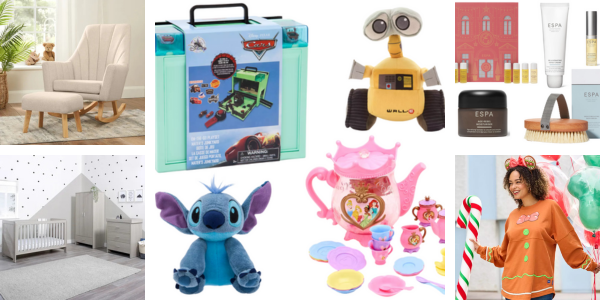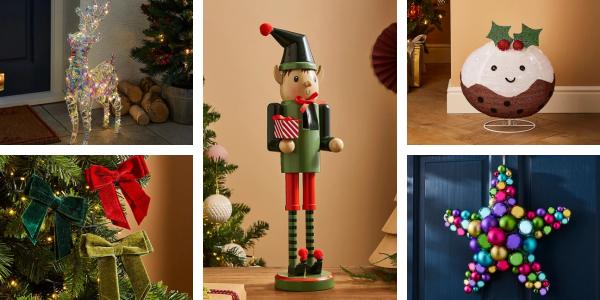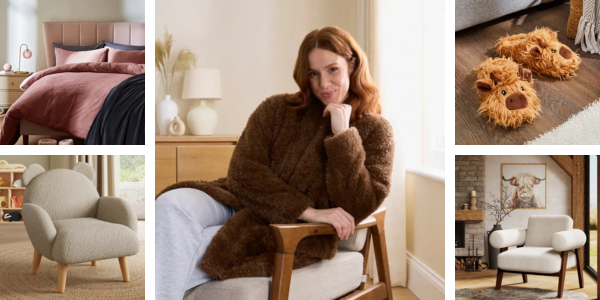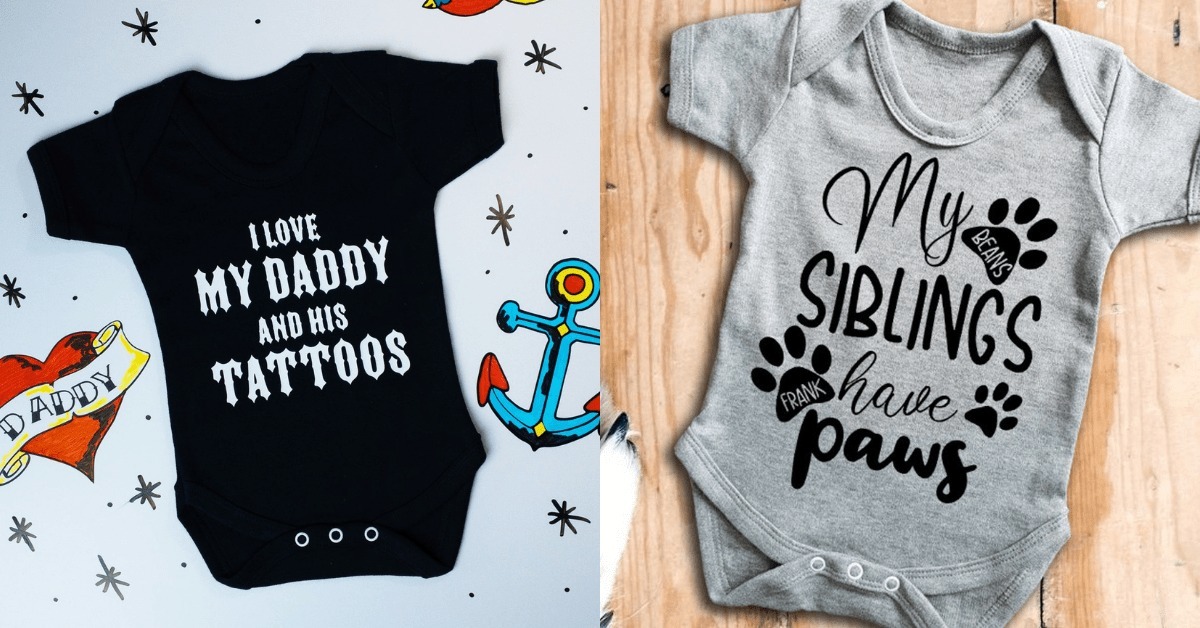

Co-sleeping is a complicated topic that many aren’t fully up to date on!
For this reason, we’re going to give a quick rundown on the current guidelines.
Having a new baby who doesn’t cope well on their own, may spark the idea of bed sharing.
It is biologically normal for you to want to be close to your new baby, and visa versa for your baby (who has just spent nine months very close) to want to remain close to you after birth.
Many parents are extremely against bed sharing as they are concerned about potential risks – however, there are actually guidelines in place to allow bed sharing to be practised as safely as possible, which we have included further down in the article. It’s all about making an informed choice!

With two choices, co-sleeping or bed sharing. But what is the actual difference between these two words?
Co-sleeping is sleeping in the same room as your child, so with their cot next to you or in the same room. And bed sharing is sharing the same bed. Sometimes people group it and believe co-sleeping is bed sharing. So it’s a matter of opinion.

Breastfeeding vs. Formula Feeding When Bed Sharing…
It’s safer to be a breastfeeding parent when it comes to bedsharing – not because anyone has anything against a formula feeding mother, but it’s to do with the science behind this that it’s safer to do so…
- Breastmilk is lighter and faster digested than formula, resulting in lighter sleep for baby, lowering the SIDS risk.
- In turn, this lighter sleep impacts mum – mum will sleep lighter and be more subconsciously aware of baby due to the hormones produced by breastfeeding. Breastfeeding mums also tend to position themselves in a way that allows easy boob access for baby, which also results in a heightened awareness.
- Therefore, there is less risk of SIDS and overlaying due to this complex biological mechanism that comes as a result of a breastfeeding relationship.
This doesn’t mean you can’t if you formula feed, but it is always best to be fully informed on the subject before making any decisions – if you insist on bed sharing, make sure you try to mitigate any risks by following the safe sleep guidelines listed below as closely as possible!

Safe Bed Sharing Guidelines:
When you shouldn’t bed share/co-sleep:
- If you or your partner are smokers, this includes E-Cigarettes (no matter where or when you smoke and even if you never smoke in bed).
- Have recently been drinking alcohol.
- Taking medication or drugs that make you more tired than usual and sleep deeper.
- Your child is premature (born before 37 weeks)
- Low birth weight (less than 2.5kg or 5.5lb)
- If you formula feed, as this can increase the risks.
- Your baby is ill with a fever.
- You are extremely tired.
- Don’t leave baby asleep near a radiator.

How to make co-sleeping/bed sharing safer:
- Never sleep on a sofa or armchair with your baby.
- Baby must be on back at all times, unless breastfeeding.
- Make sure your baby can’t fall out of the bed or become trapped.
- Make sure your mattress is firm.
- Remove all toys, pillows and covers away from the baby.
- Sleep with your baby in the “C” position.
- Make sure your baby and toddler are separated.
- Do not swaddle, only light PJ’s or sleepsuit.
- Ensuring an adult is between baby and any older children with bedsharing.
You can read about the safe bed sharing guidelines on the NCT website here – they were released and endorsed by NICE (National Institute for Clincal Excellence).
What is your stance on bed sharing? Do you prefer to co-sleep seperately (eg using a Chicco Next To Me), or are you a bed sharing fan?
Tell us your thoughts in the comments!
Join the fun at our Facebook group – Bump, Baby and You.
Follow us for updates on Instagram – BumpBabyYou.
Tweet us – Bump, Baby and You.
You can follow my personal account – @BethanyCollings.


.png)







